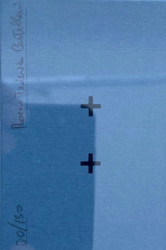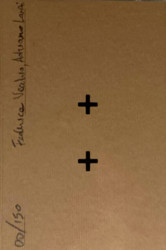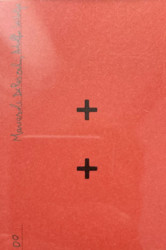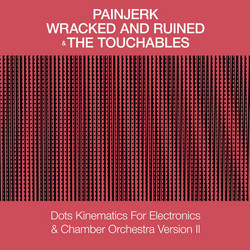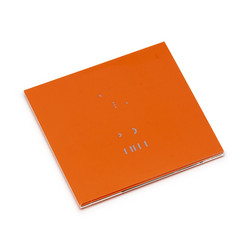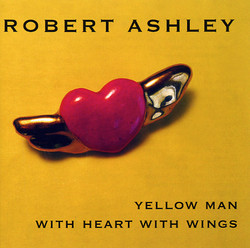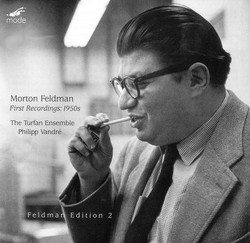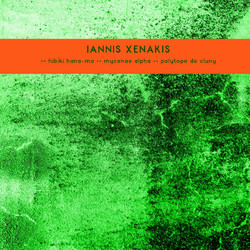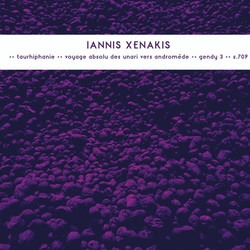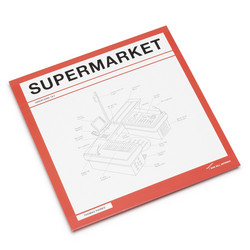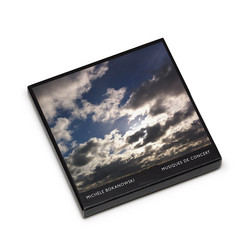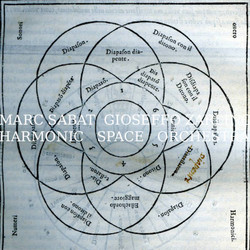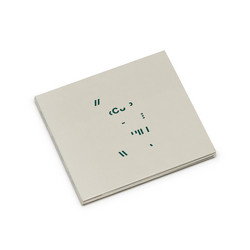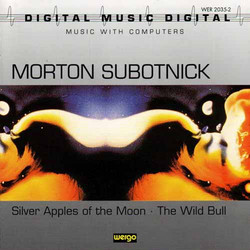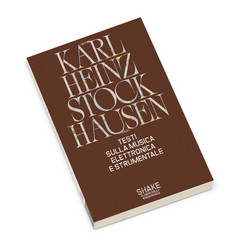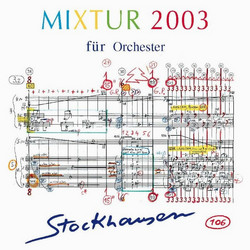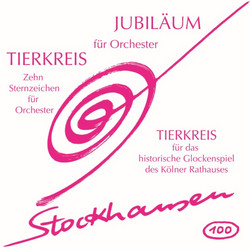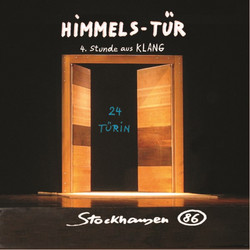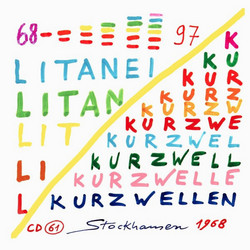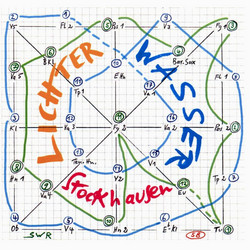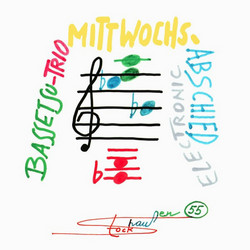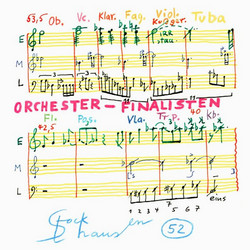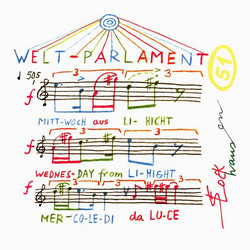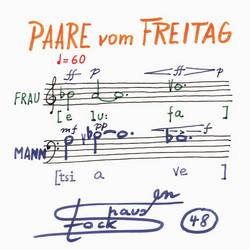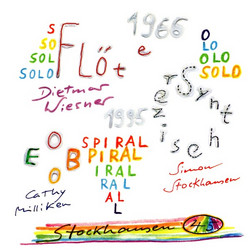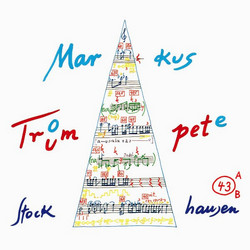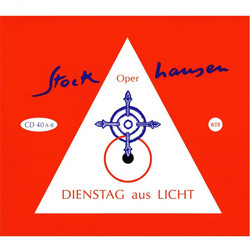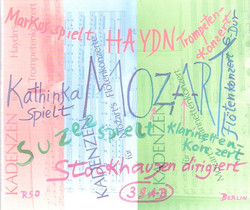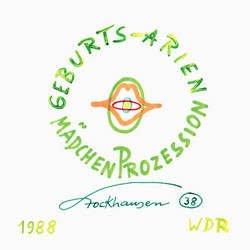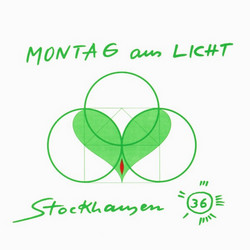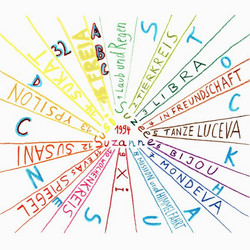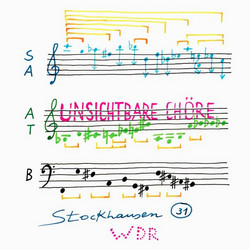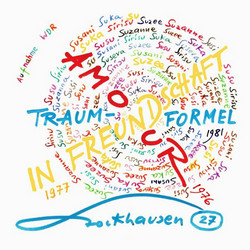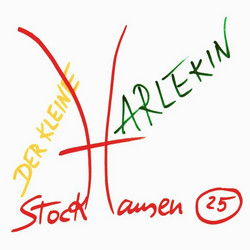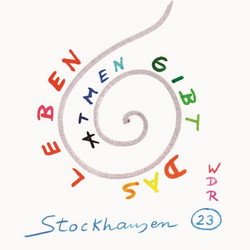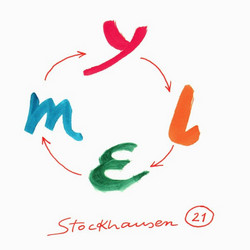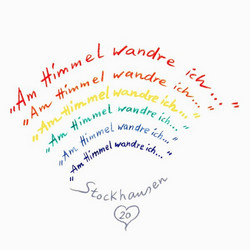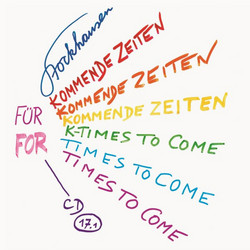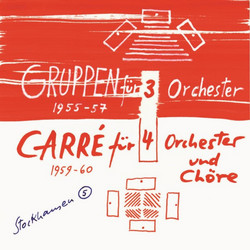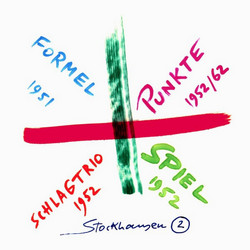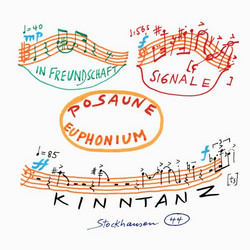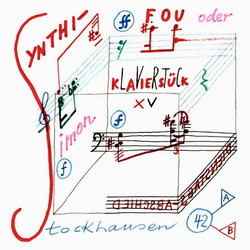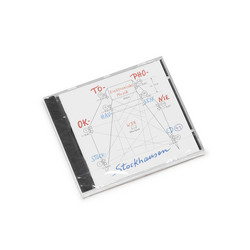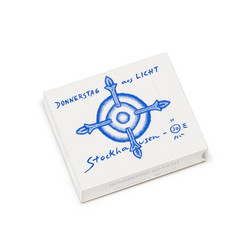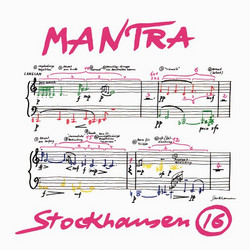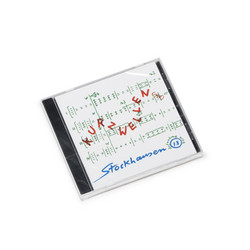Karlheinz Stockhausen
Spiral - Pole
Karlheinz Stockhausen – “Kurzwellen” for six players (1968). Spiral for a soloist with a shortwave receiver together with Pole (Poles), for two performers with shortwave radio receivers and a sound projectionist, is one of a series of works dating from the 1960s which Stockhausen designated as "process" compositions. These works in effect separate the "form" from the "content" by presenting the performers with a series of transformation signs which are to be applied to material that may vary considerably from one performance to the next. In Spiral and three companion works (Kurzwellen for six performers, Pole for two, and Expo for three), this material is to be drawn spontaneously during the performance from short-wave radio broadcasts. The processes, indicated primarily by plus, minus, and equal signs, constitute the composition and, despite the unpredictability of the materials, these processes can be heard from one performance to another as being "the same"
"Stockhausen wants the short wave event to fuse completely with the instrument / voice. After the first event the composer calls for an even distribution of short wave events and other events, but much freedom is allowed here. The score carries notations of the characteristics mentioned in last paragraph, which are to be considered according to the consecutive order of the transformation signs laid down by Stockhausen. The short wave event should be imitated to the limit of the players talent, and retained on over into the next event, until replaced by the next short wave sound that emerges.
During this whole progression the player should actively – but silently – turn the dial to find a short wave occurrence that corresponds to the relative pitch register notated in the score. This sounds like a tough feat for anyone, but I suppose the players that played with Stockhausen during these recordings were characters of steel and mist, up to anything for the sake of art, and the result on these recordings is amazing; brutal and sophisticated all at once, like a computer in a cave, or something like that. The score even asks the player to articulate the searching process itself.
(...)
“Pole” was also one of the compositions that were performed many times at the World Fair EXPO 70 in Osaka, in different versions, and many people must have elated memories of those days. It must be said that the managers of the German pavilion showed an uncanny foresight and perhaps bravery, when completely handing over the sounding space to the – in most peoples’ eyes – rather controversial enfant terrible Stockhausen in 1970! Of course they’re hunch was right, and in retrospect I suppose it’s the Stockhausen concerts that most people recall when thinking back to EXPO 70 in Osaka. We could wish for more of that kind of bravery these days… The instructions for “Pole” reveal that it is permissible to perform the work in any combination of two instrumentalists / singers. As in “Spiral” a sound projectionist balances the distribution of the sound. The performance instructions for “Spiral” also apply to “Pole”, but an exception is that the events should be realized either with the short wave receiver or the instrument / voice.
" (Excerpt from Ingvar Nordin / Sonoloco extensive review)


